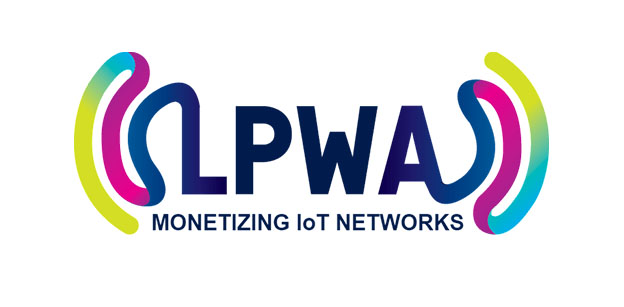With the continuous development of the Internet of Things and the diversification of application scenarios, the types of terminal devices have become complex and diverse, and traditional wireless communication technology cannot meet the development needs of the Internet of Things. In order to solve this series of problems, while wireless communication technology is developing towards high speed, low latency and high reliability, it is also evolving towards low speed, low power consumption, long distance and large connection. Low power consumption wide area LPWA (Low-Power Wide-Area) technology came into being.


LPWA technical features: low power consumption, low speed, wide coverage, large connection
At present, high-speed services of wide-area Internet of Things are mainly carried by 4G networks, and low-speed services are carried by 2G networks. However, the high power consumption of 2G networks and the small access volume of a single cell prevent the cost from being reduced, which hinders the development of the Internet of Things.
LPWA technology is specially designed for low-speed, low-power consumption, wide coverage and large-connection application scenarios. The terminal battery life can reach 10 years. A single cell can support access to a maximum of 10W devices, which is the largest single-cell access volume in the 2G network. Hundreds of times, the theoretical coverage distance in an open suburban environment can reach 20km, and in an actual complex wireless environment, it can reach 5km.
LPWA technology development status
LPWA technology mainly focuses on text services and is suitable for IoT application scenarios with low speed, low power consumption, wide coverage and large connections. At present, two major technology camps, NB-IoT and LoRa , have been formed in China. National policies have been frequently implemented to vigorously promote the development of NB-IoT, and they have a wait-and-see attitude towards LoRa. The application of LPWA technology in China is still in the pilot and promotion stage. NB-IoT and LoRa mainly focus on application scenarios such as smart meters and smart buildings, with serious overlap.
LPWA technology battle
Compared with LoRa, NB-IoT is more suitable for application scenarios with large amounts of data and frequent communication. NB-IoT is an operator network and is more suitable for decentralized application scenarios with widespread geographical distribution and mobile attributes. LoRa can achieve flexible deployment and better meet the needs of industry applications with concentrated terminals. Due to different design concepts and implementation methods, wireless communication technology has different characteristics. When deploying a network, it is necessary to select the appropriate communication technology according to the needs of specific application scenarios.
LPWA technology development trends
From the perspective of application scenario demand, it is expected that the domestic development of NB-IoT and LoRa will tend to a 6:4 pattern by 2025. Compared with LoRa, NB-IoT has a short development time, poor product stability, and insufficient comprehensive and deep network coverage. It is expected that it will take two years to improve the technology and optimize the network to truly exert its advantages. During this time, market demand will drive relative The more mature LoRa is developing towards more applications.
In the future, the two technologies will surely find their respective positions among competition and cooperation, and will eventually present a situation of coordinated development with NB-IoT as the mainstay and LoRa as the supplement. The length of the cycle depends on the promoters of the two technologies recognizing the importance of driving technology development by scenario needs. In this process of mutual integration, whether the service provider can base on the characteristics of the network environment and technology itself and formulate targeted solutions according to the needs of actual application scenarios is also the key to shortening this cycle.